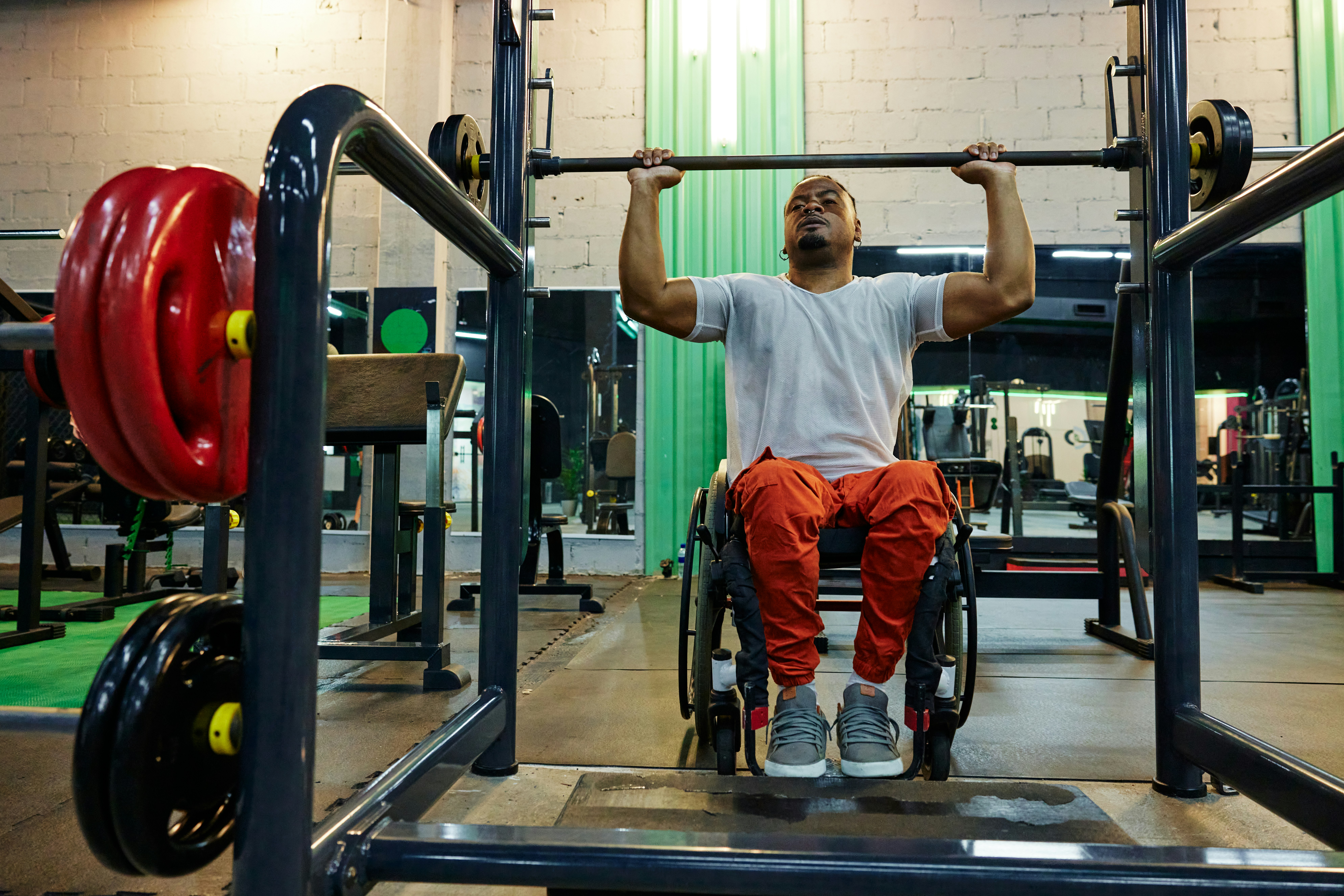
Recovery is often misunderstood as simply taking time off to rest, but rehabilitation is much more than that. Whether someone is recovering from an injury, undergoing surgery, or managing chronic pain, the rehabilitation process is about actively rebuilding strength, restoring function, and regaining confidence. It is a structured, holistic journey that requires effort, guidance, and patience—not just waiting for time to do the work.
Understanding rehabilitation as an active and dynamic process helps shift the mindset from “pause and hope to heal” to “engage and rebuild.” While rest is an essential part of recovery, it’s only the starting point. Proper rehabilitation focuses on helping the body and mind adapt, restore movement, and achieve long-term well-being.
The Difference Between Rest and Recovery
Rest is often associated with doing nothing, allowing the body to heal itself over time. While it is an essential component in the early stages of healing, prolonged inactivity can actually delay recovery, weaken muscles, and increase stiffness. For example, someone recovering from a sprained ankle who avoids movement for too long may end up with reduced mobility and strength in that joint.
Recovery through rehabilitation, on the other hand, is an active process. It involves targeted exercises, therapies, and lifestyle adjustments to restore normal function. This proactive approach helps rebuild muscle, improve balance, and restore mobility in a way that rest alone cannot achieve.
Physical Rehabilitation: Rebuilding Strength and Mobility
Physical therapy is at the heart of most rehabilitation journeys. Skilled therapists design personalized exercise programs to restore muscle strength, improve flexibility, and reestablish movement patterns. These interventions prevent long-term complications such as stiffness, joint instability, or chronic pain that could arise if someone only rested after an injury or surgery.
Beyond exercises, rehabilitation often incorporates techniques such as massage, hydrotherapy, and electrical stimulation to accelerate tissue healing and reduce inflammation. Patients are guided to progress gradually, avoiding re-injury while building resilience. This structured recovery helps people return not only to their baseline but often to an even stronger state than before.
The Mental and Emotional Side of Healing
Rehabilitation is not just about muscles and bones; it is also about the mind. Recovering from an injury or surgery can be emotionally taxing, leading to frustration, anxiety, or even depression. A comprehensive recovery plan should address these psychological aspects to ensure the patient feels supported and motivated.
Therapists and counselors often work hand in hand, helping individuals build resilience and confidence. Techniques such as mindfulness, stress management strategies, and motivational coaching can empower patients to stay consistent with their recovery program, even when progress feels slow. Mental well-being and physical healing are deeply connected, and one cannot be fully restored without the other.
Nutrition and Lifestyle as Rehabilitation Tools
Fueling the body with the proper nutrients plays a crucial role in recovery. Protein supports muscle repair, vitamins and minerals aid immune function, and hydration ensures optimal tissue healing. A diet rich in whole foods—fruits, vegetables, lean proteins, and healthy fats—can accelerate recovery by giving the body the tools it needs to rebuild itself.
Lifestyle choices also have a significant impact. Adequate sleep, stress reduction, and moderation in physical activity all contribute to a smoother recovery journey. For example, practices such as yoga, meditation, and gentle stretching can help reduce inflammation and promote circulation, both of which are crucial for healing. Rehabilitation, therefore, extends beyond physical therapy sessions—it becomes a way of life.
Technology and Innovation in Rehabilitation
Advances in technology are transforming rehabilitation. Wearable devices can now track movement, posture, and even muscle activity, giving both patients and clinicians real-time data. Virtual reality is being used to simulate safe environments that allow patients to practice walking and balance exercises, making recovery more engaging and effective.
Robotic exoskeletons and intelligent exercise machines are also opening new possibilities for individuals with severe injuries. These innovations not only aid physical healing but also provide psychological encouragement by showing measurable progress, even in small increments. The combination of technology and traditional therapy is making recovery more personalized and accessible.
The Social Dimension of Recovery
Recovering from an injury or illness can be an isolating experience, but community and support networks make a significant difference. Whether it’s family, friends, or support groups, having others to lean on provides motivation, accountability, and emotional comfort.
Group rehabilitation programs are becoming increasingly popular, as they enable patients to connect with others who face similar challenges. Sharing struggles and successes helps reduce feelings of isolation and creates a sense of belonging. Ultimately, recovery is not just a personal journey but often a shared one that thrives on encouragement and community.
Long-Term Wellness and Preventing Relapse
Rehabilitation doesn’t end once the pain subsides. Long-term wellness requires consistent maintenance, whether through regular exercise, healthy eating, or periodic check-ins with healthcare professionals. Many people make the mistake of abandoning their rehabilitation plan too soon, which can lead to recurring injuries or chronic issues.
By embracing recovery as an ongoing process, individuals can build stronger bodies and healthier habits. This proactive approach not only reduces the risk of re-injury but also improves overall quality of life. Rehabilitation is about reclaiming independence and fostering